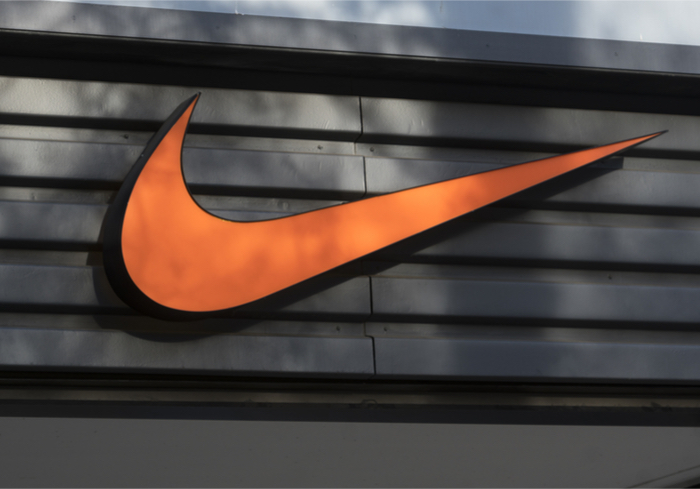Retail Pulse: Nike Opens Digital-Powered Flagship; Walmart Taps VR Tech For Training

Big brands are opening big stores in big cities, but Nike is taking a decidedly digital approach with its New York City flagship: that is, the customer payment and shopping experience in the new space is powered by mobile technology.
The store’s concept, dubbed Nike NYC, is to blend the online and offline worlds with the help of smartphones. Nike Chief Digital Officer Adam Sussman told Bloomberg, “Mobile is at the center of people’s everyday life, and when people come into the store, they come in with their digital device. We want to create a seamless connection between the physical and digital experience.”
For starters, Nike is providing an experience called Instant Checkout that allows members of the company’s NikePlus program to ditch the traditional cash register by scanning their items and paying through the program’s app instead. The retailer also offers a Shop The Look service in the store that allows customers to scan a quick-response (QR) code to find out the size and available colors of the items displayed on a mannequin. The customer can then, in turn, use to the app to request that staff bring the item to a fitting room or a drop-off spot.
Nike has also taken a data-analytics approach to a space dubbed the Nike Speed Shop in the new flagship. That area taps into “local data to stock its shelves, and re-stock them based on what the community wants,” according to a post on Nike’s website. The space also features pickup lockers for NikePlus members, which holds items that they have reserved in advance. Overall, Nike Direct President Heidi O’Neill said in a press release announcing the location, “Nike NYC is designed to be a dynamic store environment, that is just as personal and responsive as digital.”
That human connection comes through the Nike Expert Studio located on the fifth floor, which is home to “Nike Experts” that NikePlus members can book along with the “Nike by You Studio” that provides them with one-on-one styling, exclusive products and the ability to make personalized items. The company also says it has the “largest concentration of seasonally current Nike footwear anywhere in the globe” on the store’s fourth floor, as it steps into digital innovation with its new flagship.
In Other Brick-And-Mortar Retail
Walmart is investing in virtual reality (VR) to help employees “experience” retail situations like the Black Friday rush with the help of 17,000 headsets from Oculus Go that will arrive at 4,700 Walmart locations. According to research from the retailer, VR is helping employees retain new information they have learned better than some other methods. That is, staff has reportedly been able to remember 10 to 15 percent more information by learning through VR technology as opposed to a mix classroom work, videos and online demos.
Walmart Senior Director of Digital Operations Brock McKeel said, according to Vox, “The biggest advantage for us at Walmart is our associates. Anything we can do to make our associates better, and help them take care of their customers, is an advantage for us.” A Vox reported who tried the technology wrote that the technology helps Walmart workers get a “situational awareness” for the Black Friday holiday rush by experiencing the kind of noise and pressure that would be present at the event.
In other news, Macy’s beat earnings expectations, while meeting revenue estimates, over the third quarter. The retailer racked up earnings per share (EPS) of 27 cents versus the 14 cents expected, and revenue of $5.4 billion fell in line with analyst estimates of $5.41 billion. And Macy’s reported a fiscal third-quarter net income of $62 million, up from $30 million a year earlier.
Macy’s called out emerging strength in brands and products, with health and beauty line Bluemercury, upscale department store Bloomingdale’s and the discount store brand Macy’s Backstage reported as “strong performers,” where growth outstripped internal expectations. The rate of growth or the expectations were not disclosed. But it was noted that same-store sales ticked up 3.3 percent year on year, which was more than the 2.8 percent growth that was forecasted.
By contrast, JC Penney did not fare as well as Macy’s over the quarter. The retailer’s comparable sales slid by 5.4 percent, which was a higher fall than the 0.8 percent forecasted by analysts. In addition, the retailer reported a $151 million loss. Shares plunged by 12 percent on the news — and the fall left the company with only a market cap bit short of $400 million.
For more on the latest retail trends, keep your finger on the PYMNTS Retail Pulse.